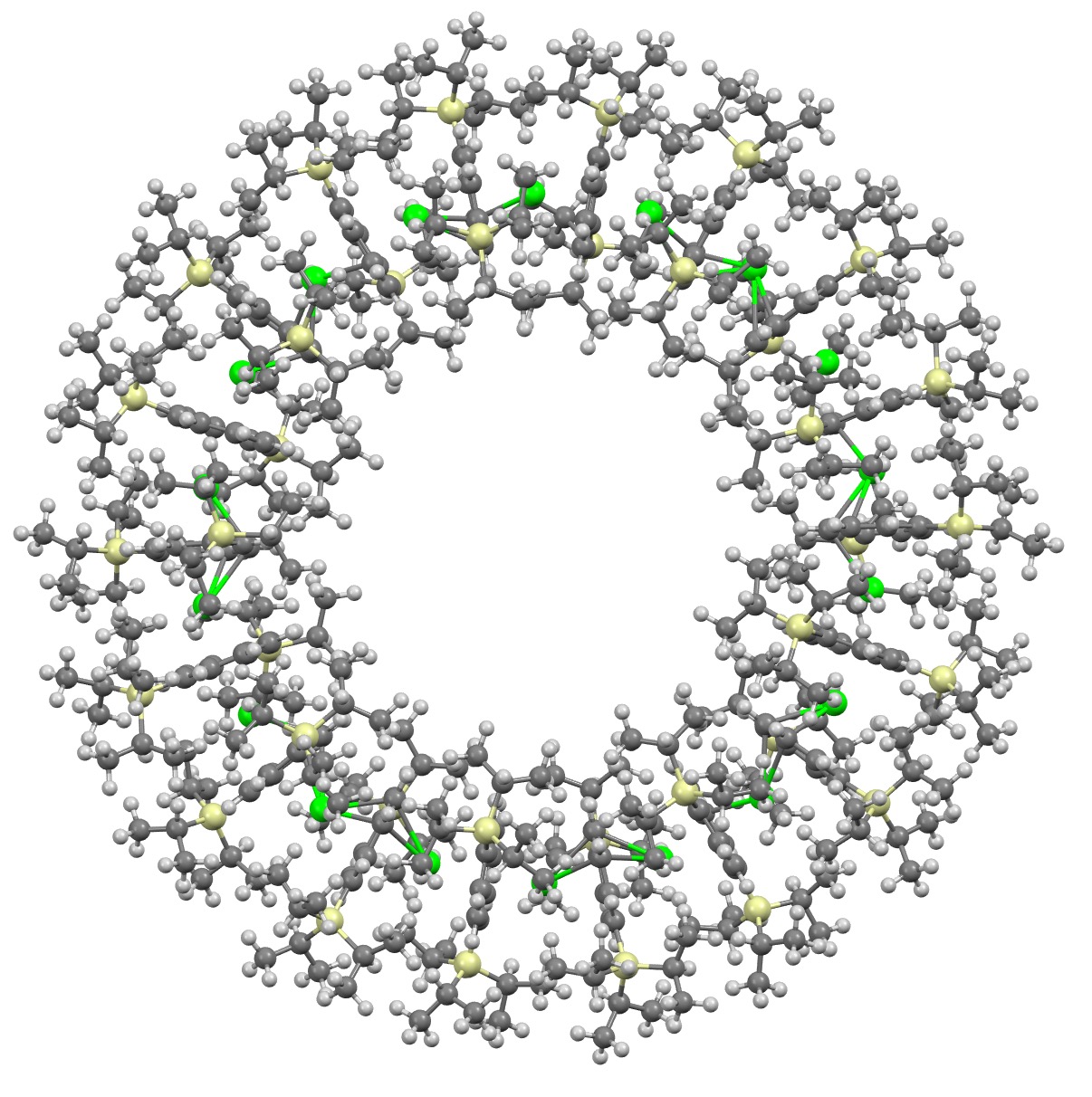Around 1996, journals started publishing what became known as “ESI” or electronic supporting information, alongside the articles themselves, as a mechanism for exposing the data associated with the research being reported and exploiting some of the new opportunities offered by the World Wide Web. From the outset, such ESI was expressed as a paginated Acrobat file, with the Web being merely a convenient document delivery mechanism. Such ESI would eventually reach more than 1000 such pages in length in some chemistry articles. The richer opportunities of Web interactivity were far less exploited. I have written about various aspects of this throughout this blog[1],[2],[3], together with one early compendium of our own data examples.[4] Here I update that compendium starting from 2005 to the current 2023 and add further information, being the current state of curation of some of these early examples. Curation became necessary because many of the earlier examples were no longer functional due to changes in the way journals expose these data objects or indeed changes at the data repository end of things over this 18 year period.
(more…)
References
-
H. Rzepa, "Four stages in the evolution of interactive ESI as part of articles in chemistry journals.", 2022. http://dx.doi.org/10.59350/qypm4-qfv97
-
H. Rzepa, "Web page decay and Journals: How an interactive “ESI” from 2006 was rescued.", 2022. http://dx.doi.org/10.59350/cqesx-a0e83
-
H. Rzepa, "Curating a nine year old journal FAIR data table.", 2017. http://dx.doi.org/10.59350/z9g5j-r2p69
-
H. Rzepa, "(Hyper)activating the chemistry journal.", 2009. http://dx.doi.org/10.59350/wczky-8sf79
